
The last Nubia phone that I used with any amount of regularity was the Redmagic 6 Pro, and while the gaming phone had a lot to offer on the hardware side of things, the software was one of the worst I'd used. It was buggy, prone to contrast crashes, and full of translation errors. Thankfully, Nubia made a lot of changes in the last three years, and the Z60 Ultra offers a clean Android interface without any overt customization or bloatware — a refreshing change of pace.
That's a good starting point, and the good news keeps on coming. The Z60 Ultra has an all-screen design without any visible cutout thanks to an under-display camera, making it invisible. More than anything else, this differentiates the phone from every other device in the market, and it immediately brings back memories of the OnePlus 7 Pro.
You also get the latest Qualcomm silicon, a gigantic 6000mAh battery, decent cameras, and a stellar value. But should you buy the phone in lieu of more established devices? Let's take a look.
Nubia Z60 Ultra: Pricing and release date

Nubia launched the Z60 Ultra at the end of December, and the phone is now available globally. There are three variants available: a base model with 8GB of RAM and 256GB of storage for $599, a 12GB/256GB version that costs $649, and a 16GB/512GB model that's available for $779.
The Z60 Ultra is sold in silver and black versions, but the base model isn't available in the silver variant.
Nubia Z60 Ultra: Design

The Z60 Ultra is a massive slab of a phone, and it dwarfs every other device in this area. It is taller and thicker than even the Galaxy S24 Ultra, and coming in at 246g, it is 14g heavier than Samsung's flagship. And while Samsung went with a design that makes the S24 Ultra a little easier to use, Nubia made no such considerations — the Z60 Ultra has flat sides that don't provide much in the way of grip.

But the main highlight of the device is that it has an under-display camera at the front, so you don't have a cutout of any kind. That means you get an all-screen design that looks incredible, and while you can make out the cutout if you're viewing the screen at an off-axis angle, it isn't noticeable in daily use.

Another key talking point with the design is the camera island at the back; the Z60 Ultra has a massive rectangular housing that somehow overshadows the likes of the Xiaomi 13 Ultra and Find X7 Ultra, two devices that have bigger camera modules. The housing takes up a third of the back, and it has a two-tone design that highlights the main camera a little better.
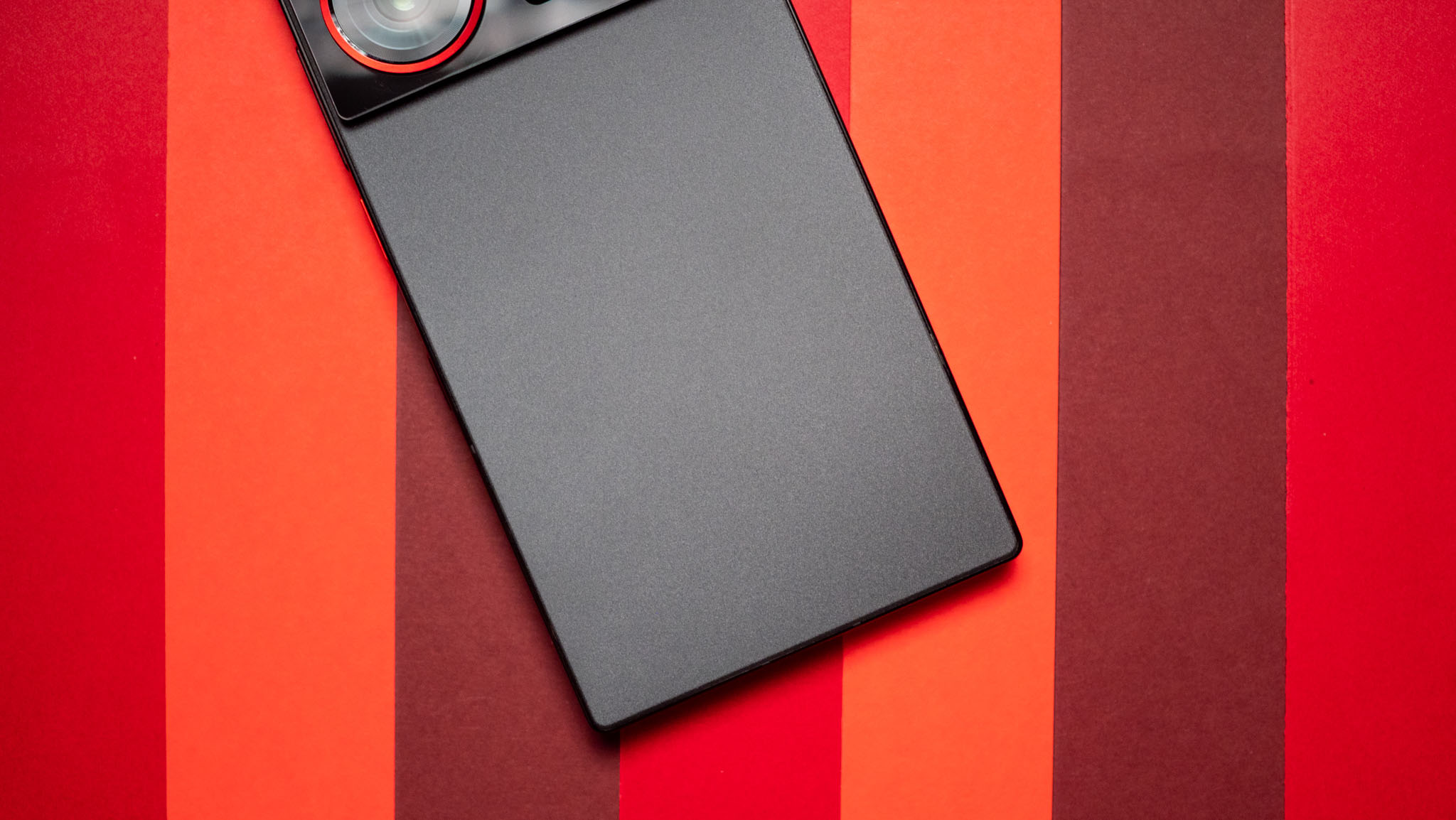
Not that it needs any additional attention; the sensor itself is encircled by a large ring with a red accent, and the zoom lens similarly has a rectangular design covering it. Like the best Samsung phones, the Z60 Ultra gets IP68 dust and water resistance, and it does a great job weathering the elements.
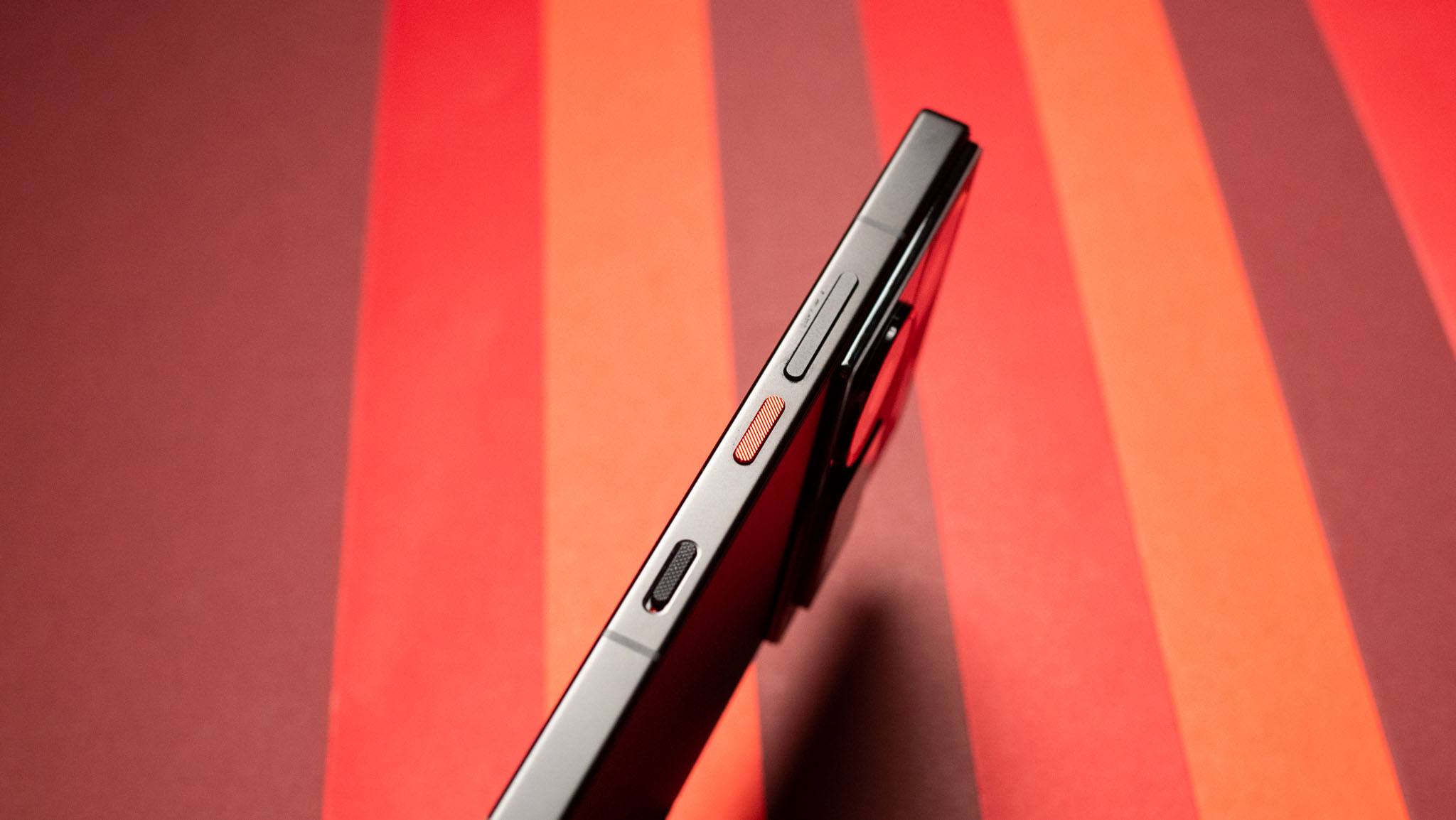
The glass back has a silky texture that feels great, and it doesn't pick up any smudges. The metal sides would have benefitted from a matte finish as that would have made using the phone a smidgen easier, but that isn't the case. You get the power and volume buttons on the right, and there's a slider below the power button — similar to the alert slider on OnePlus devices — that lets you control sound modes, launch the camera, flashlight, or gaming mode.
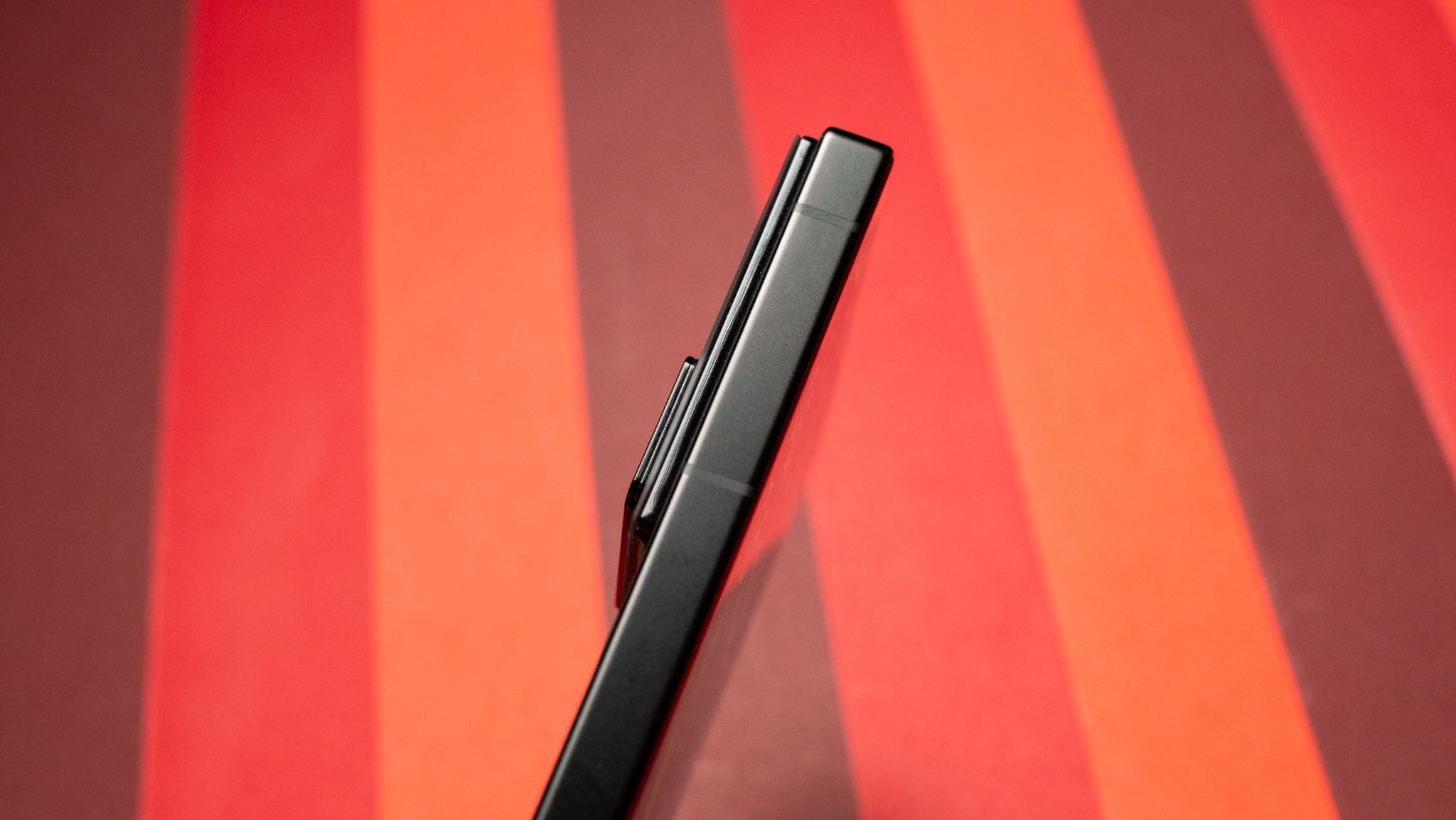
The slider is a nifty inclusion, but I would have liked the ability to customize the toggle actions; right now, you just have a set of six actions. Regardless, it is a great way to launch the camera, and the only quibble I have with it is that it is located too far down on the side — putting it on the left would have been much better.
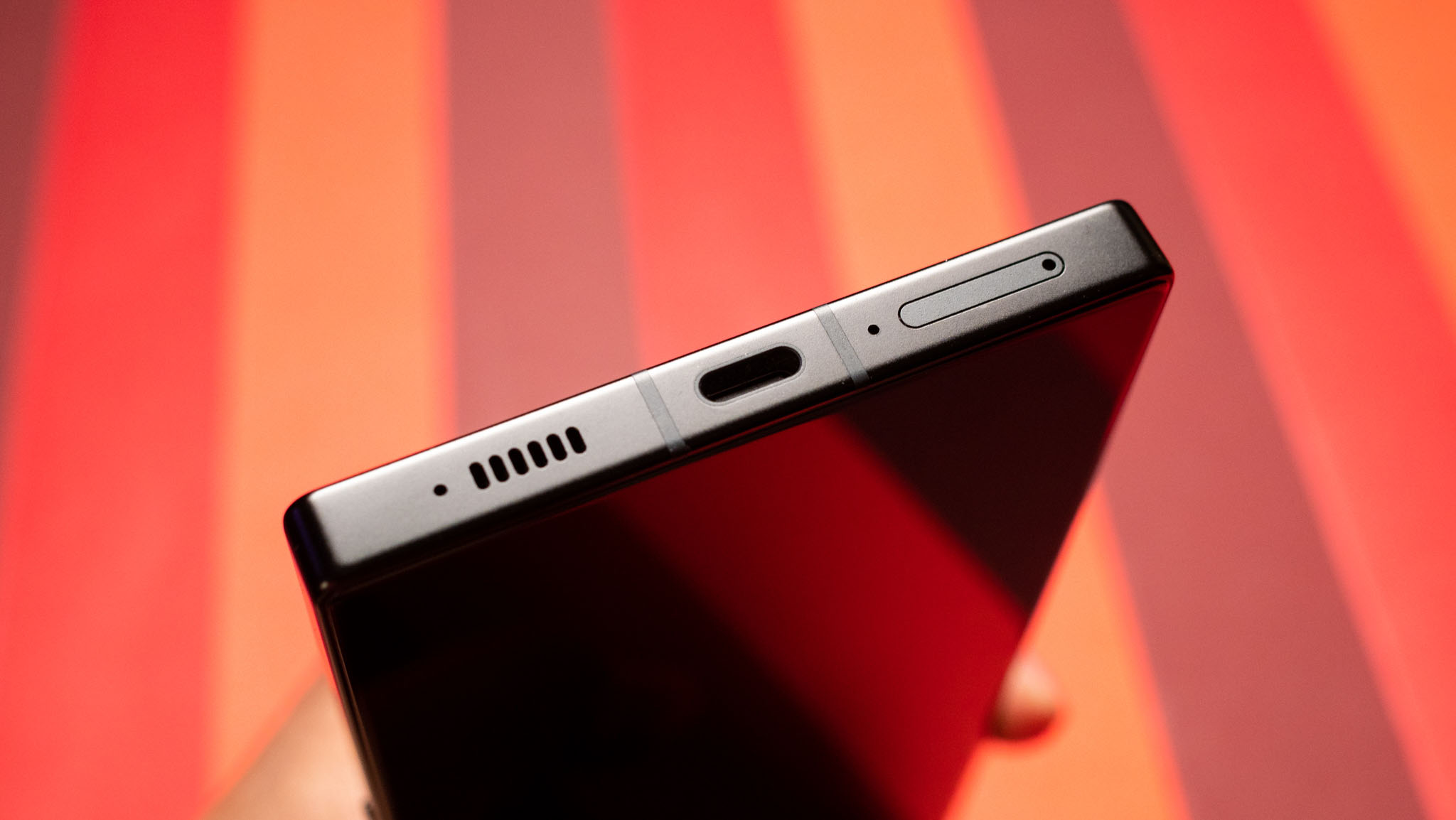
Although there are a lot of buttons to the right, the power button has a textured finish that makes it easy to identify, and it has a red accent. The overall design can be summed up as blocky, and this isn't a device built with usability in mind. In the week I used the phone as my daily driver, I found myself getting frustrated with the flat sides and the sheer size and heft of the device.

On that note, the black color variant is pretty dull, and if you want a device that stands out a bit more, you'll need to get the silver model. I'm annoyed that the Starry Night edition is limited to China; that model looks exquisite, and Nubia really should have launched it globally.
Nubia Z60 Ultra: Display

The biggest talking point on the Z60 Ultra is the 6.8-inch AMOLED panel. The screen has 120Hz refresh and goes up to a maximum of 1500 nits, and while that isn't as high as the likes of the OnePlus 12 or Honor's Magic 6 Pro, it is still more than adequate in daily use. You miss out on some of the extras that you get with other devices, but the upside is that there is no cutout.
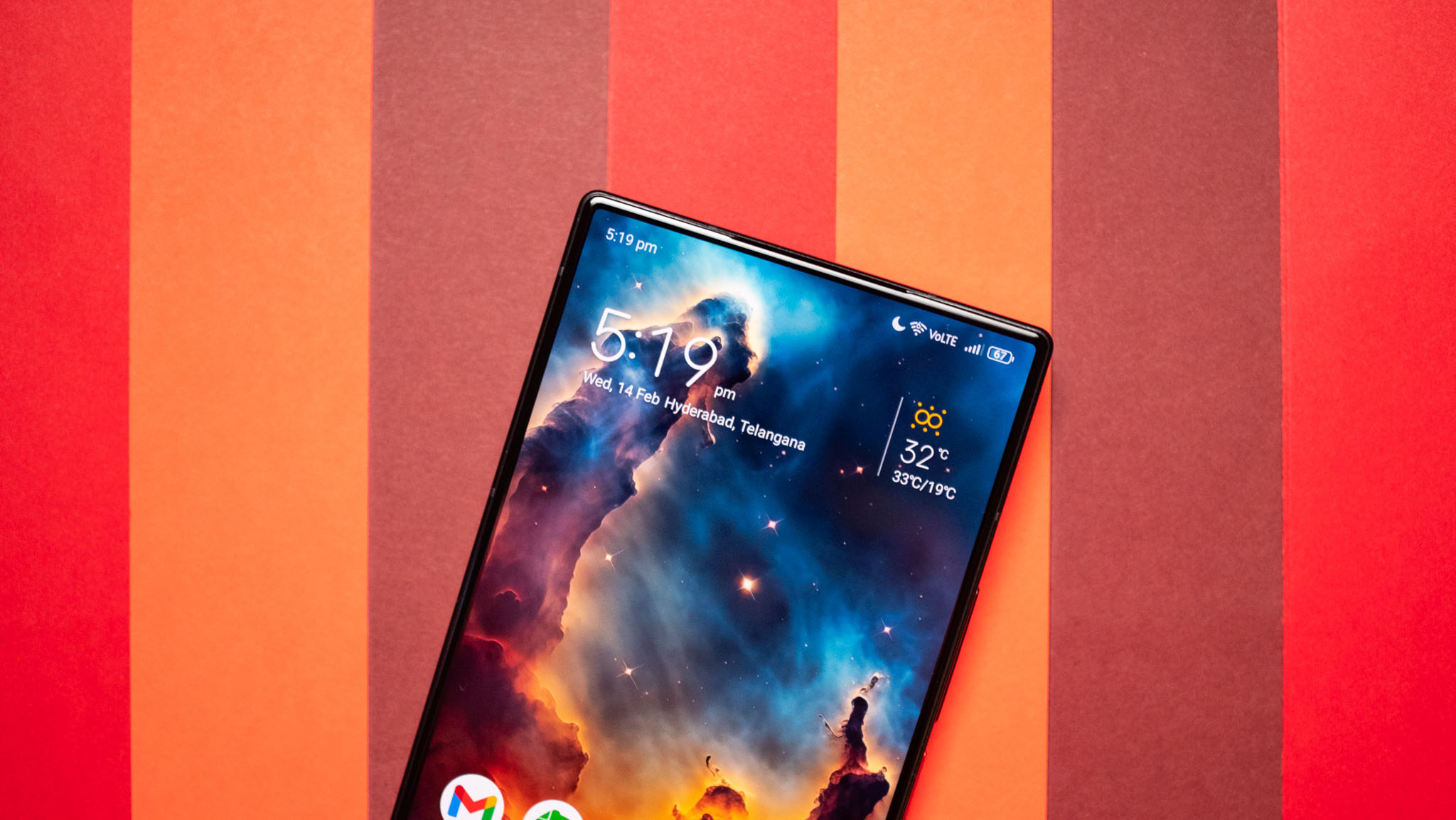
Nubia uses an under-display camera, and it is invisible unless you view it in bright sunlight. This leads to an all-display design that just looks cleaner, and immediately takes me back to the OnePlus 7 Pro and Redmi K20 Pro. Yes, the cutout on most modern phones is small and not very noticeable, but not having one at all makes a big difference, and it leads to a much more immersive experience in just about any situation.
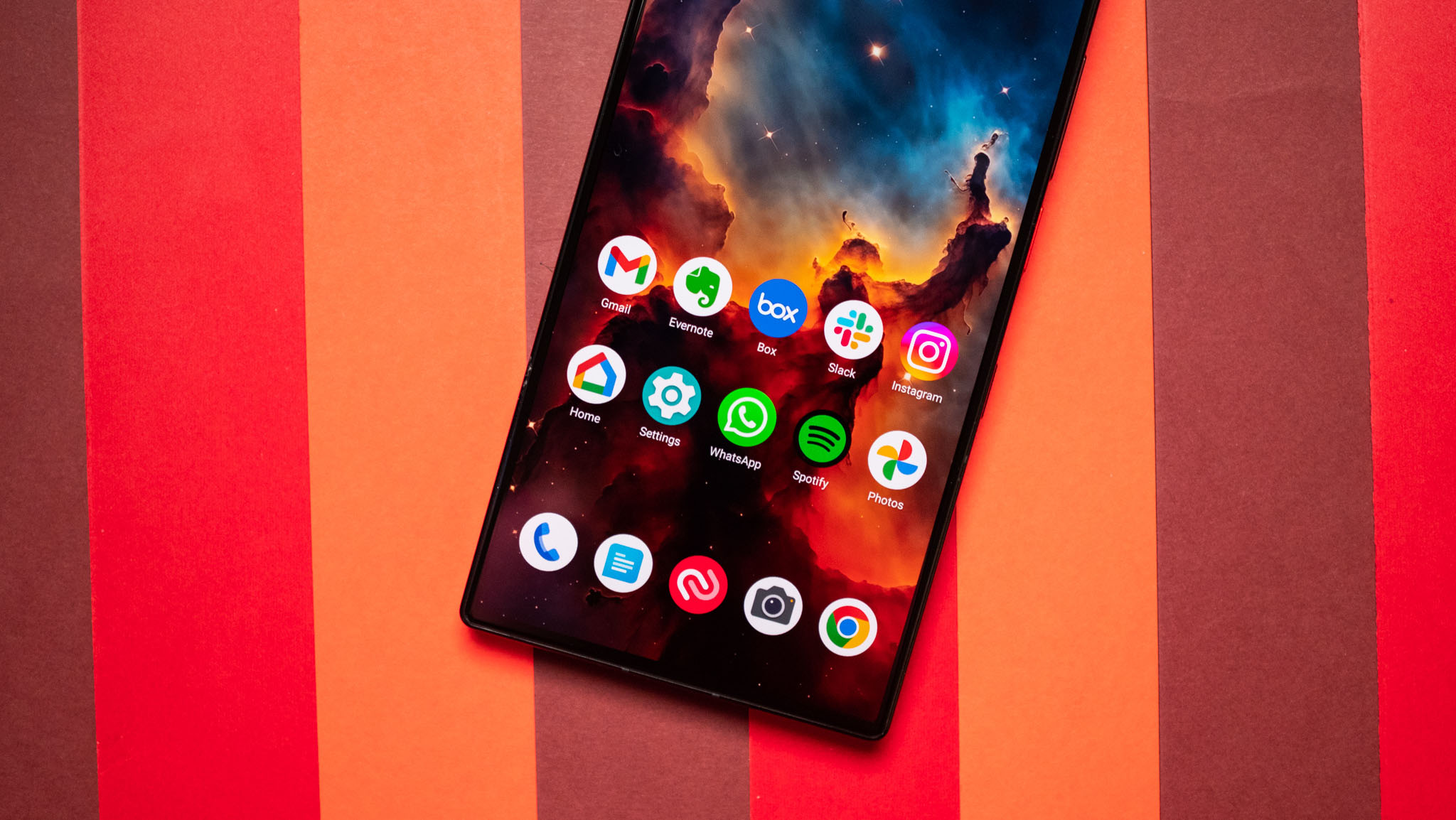
The display has good color vibrancy and contrast, and it is just fun to use. Obviously, an under-display camera isn't going to be as good as a standard selfie lens, but for what it's worth, Nubia did a decent job in this area, and the camera holds its own during video calls and face unlock. It doesn't take selfies that are anywhere as good as regular phones, so if that's a consideration, you will need to consider another device.
But if you miss the days of all-screen designs and want something that emulates that to a great extent, the Z60 Ultra is the obvious choice in 2024.
Nubia Z60 Ultra: Hardware
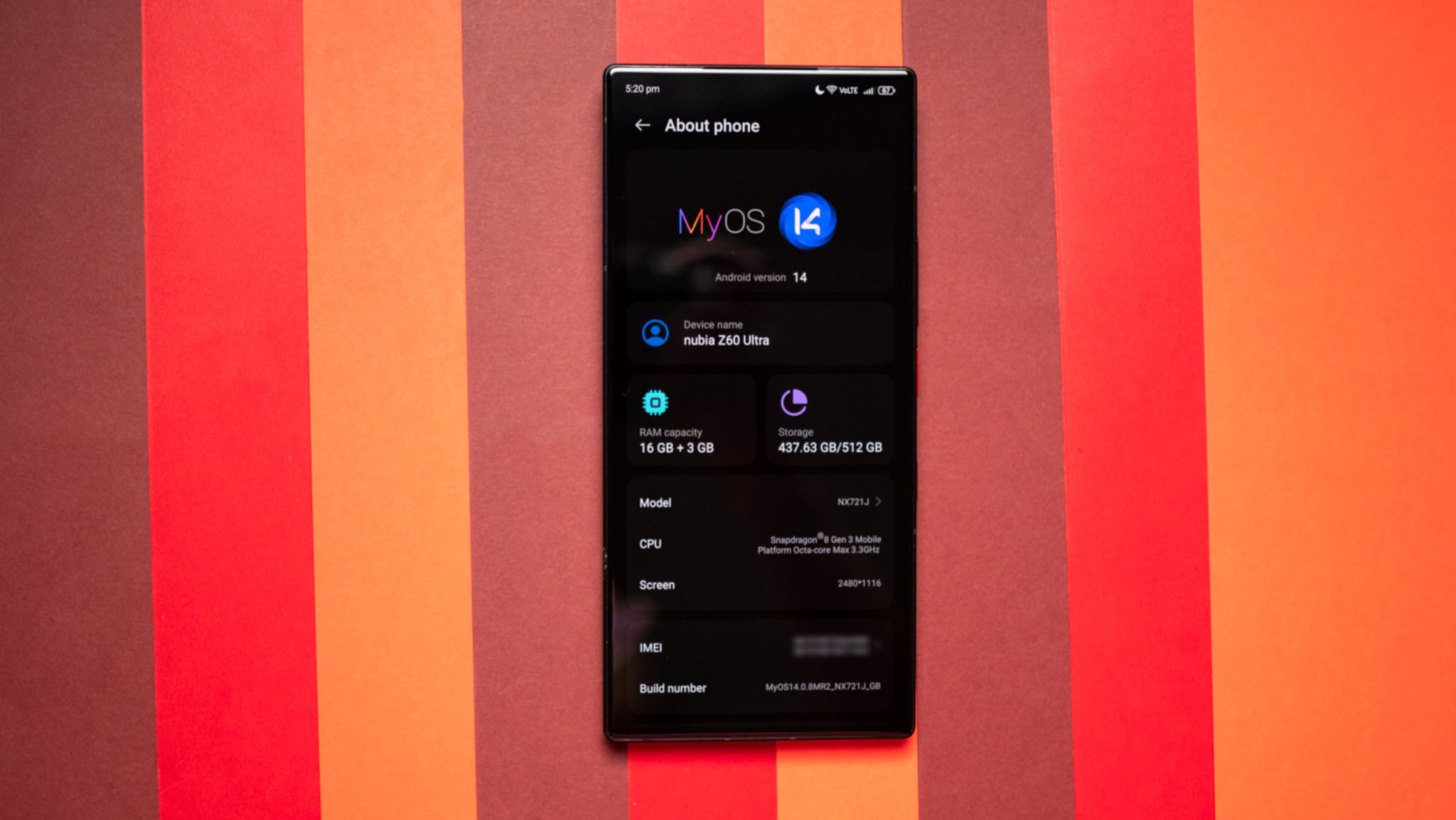
Nubia hasn't put a foot wrong when it comes to the hardware, and the Z60 Ultra is powered by the Snapdragon 8 Gen 3 — just like all the phones I reviewed recently. It comes with 8GB of RAM and 256GB of storage in the base version, and you get 12GB/256GB and 16GB/512GB variants as well, with all models using UFS 4.0 storage.
The phone is incredibly fluid most of the time, and it again reminds me of legacy versions of OxygenOS. But this isn't the case throughout, and there were times when I encountered a distinct lag, almost like a jerky motion, when doing mundane things like scrolling in Chrome or switching between apps. It isn't anywhere as pronounced as the jelly scrolling effect, but it is noticeable in day-to-day use.
A restart sorts out the issue, and the UI goes back to being smooth, so it could just be an issue of optimization. It's only evident because the UI is otherwise fluid, and to Nubia's credit, the brand rolled out a software update on the day of publishing this review that addresses system stability issues, and I didn't see any lag in the new build (14.0.10MR2).
Other than that, I didn't see any issues in daily use or gaming, and the Z60 Ultra delivers stable framerates in demanding titles, and there's little to no throttling. If anything, the phone could use with a bit more optimization in this scenario, because the power limits of the Qualcomm silicon are unrestricted here. I don't think I've used any other device other than Qualcomm's reference models that do this, and the result is that the Z60 Ultra gets hot. Very hot. So hot that you can't use it.
In the 3DMark Solar Bay stress test, the phone hit a stability of 86% — one of the highest scores yet — but it also went to up an insane 60 degrees, significantly higher than any other device I tested. To give you some context, most 2024 phones I tested didn't go past 45 degrees Celsius, and the Z60 Ultra didn't just get hot — it was at the point where I couldn't even pick it up. I had to leave the phone aside for 10 minutes before I could go back to using it.
That's something Nubia clearly needs to work on, and while the Z60 Ultra delivers blistering power, you can't use it during extended gaming sessions because of the lack of thermal management. Switching to connectivity, the phone has all the latest modems: you get Wi-Fi 7, Bluetooth 5.4, dual-band GPS, NFC, AptX Lossless audio codec, and USB-C 3.1.
Nubia Z60 Ultra: Battery life

The Z60 Ultra has the largest battery of any phone I tested in 2024, and it puts it good use. The 6000mAh unit lasts two days between charges, and even with heavy use, you can get up to a day and a half before you'll need to charge the device.
Battery anxiety just isn't an issue with this device, and when you need to charge the phone, there's 80W charging tech that uses the standard USB PD 3.0 protocol, so any standard GaN charger that goes up to 100W will suffice. Nubia bundles a charger in the box, and you can use it to charge other devices. The phone misses out on wireless charging, but honestly, it isn't that big of an omission considering the sheer size of the battery and how long it lasts.
Nubia Z60 Ultra: Cameras

The Z60 Ultra has a lot to offer on the imaging front, with the device featuring a 50MP f/1.6 main camera with OIS, 50MP f/1.8 wide-angle lens with OIS, and a 64MP f/3.3 telephoto lens that goes up to 3.3x — and yes, this camera has OIS as well. The camera located at the front is a 16MP lens.
Nubia's camera interface is in need of a bit of polish, but it has most shooting modes and usual settings easily accessible. Interestingly, the camera interface uses focal lengths to toggle between the three sensors at the back — 35mm for the main camera, 18mm for the ultra-wide, and 85mm to switch to the zoom module.
There is a Pro mode available that gives you granular control over photos, and the Milky Way Night mode is interesting as it lets you take photos of night skies. Coming to video, the phone lets you shoot 4K video at 60fps from all the lenses, and you even get 4K at 120fps from the main camera — a nice addition.

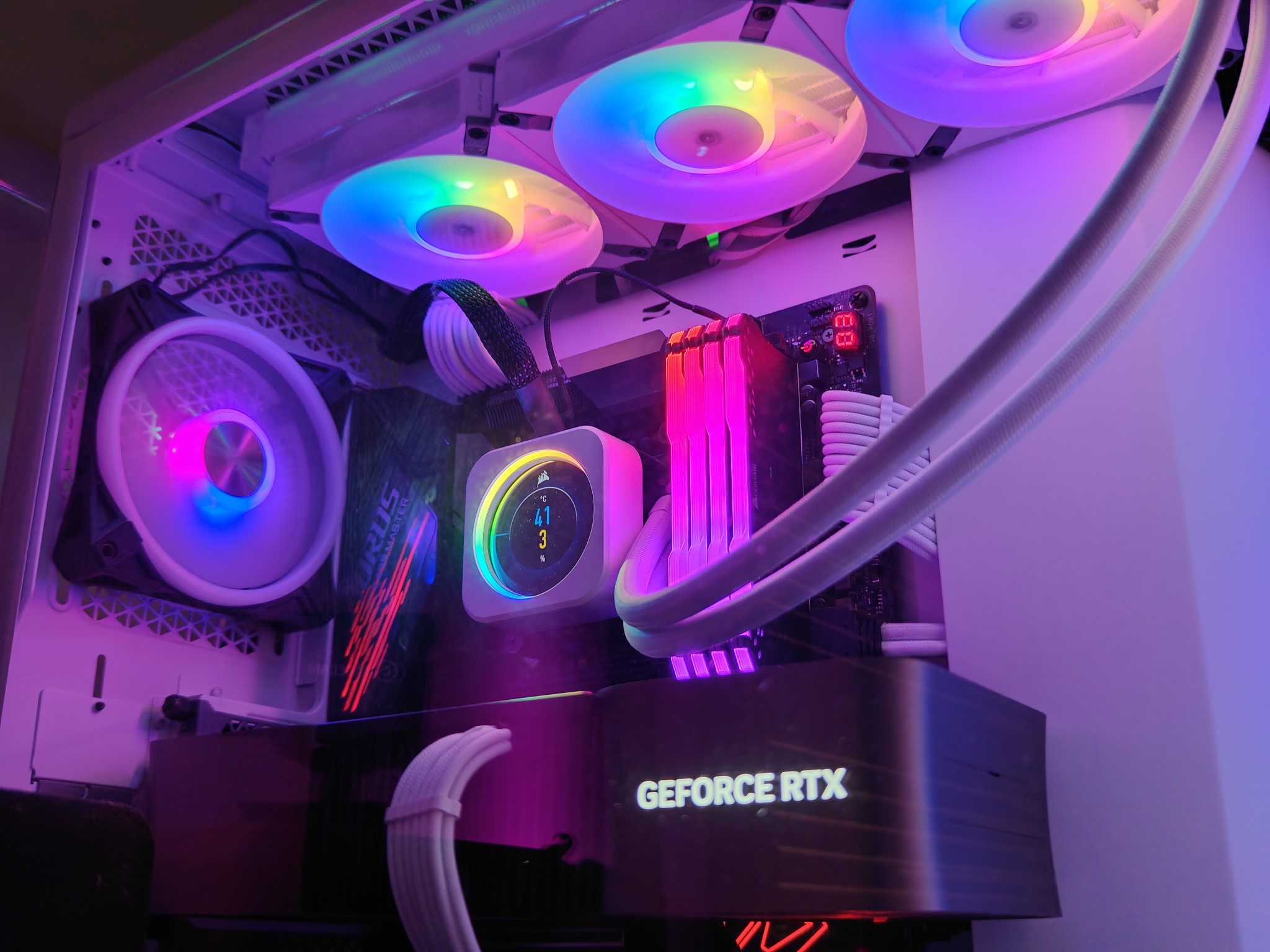


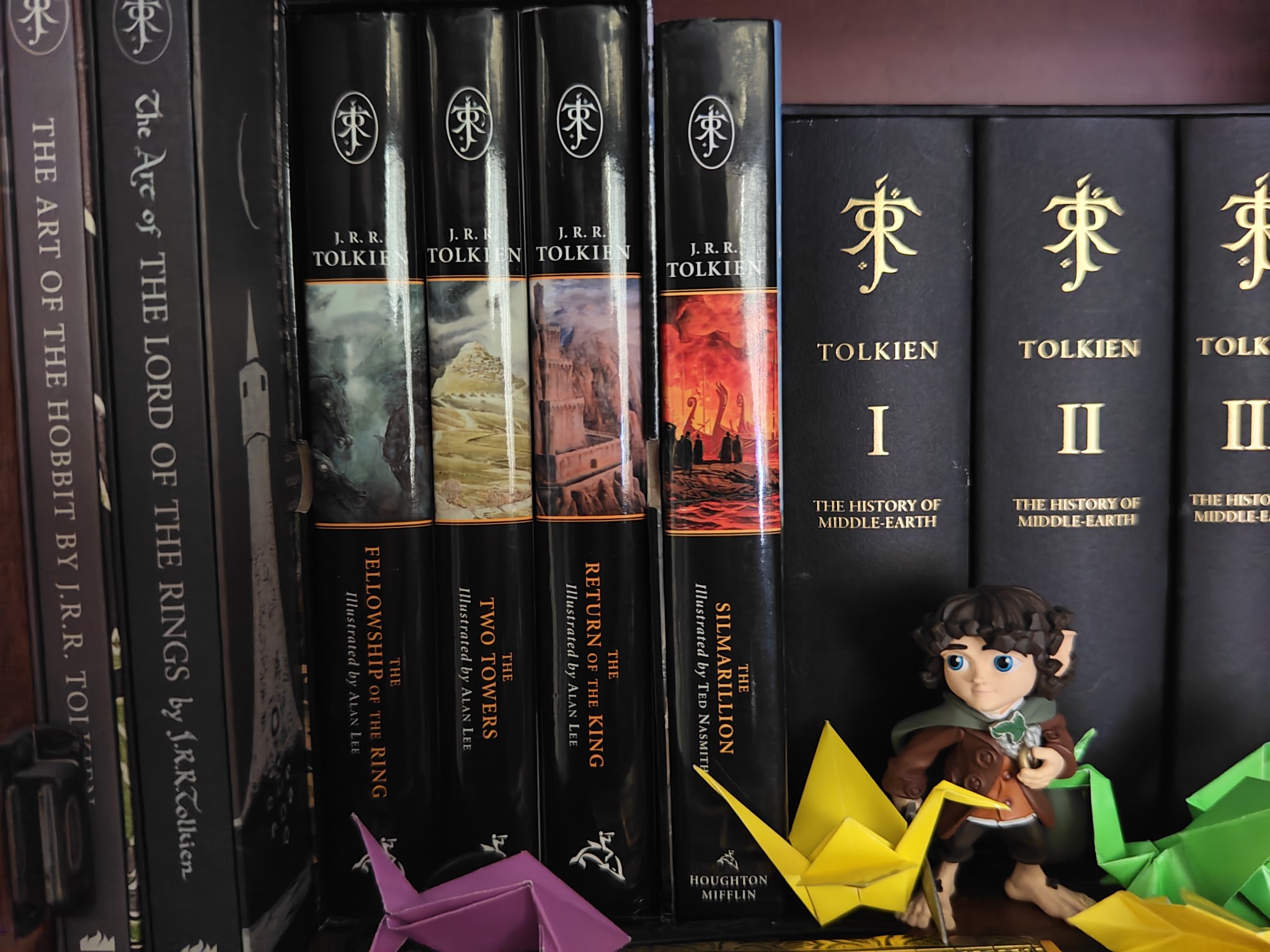
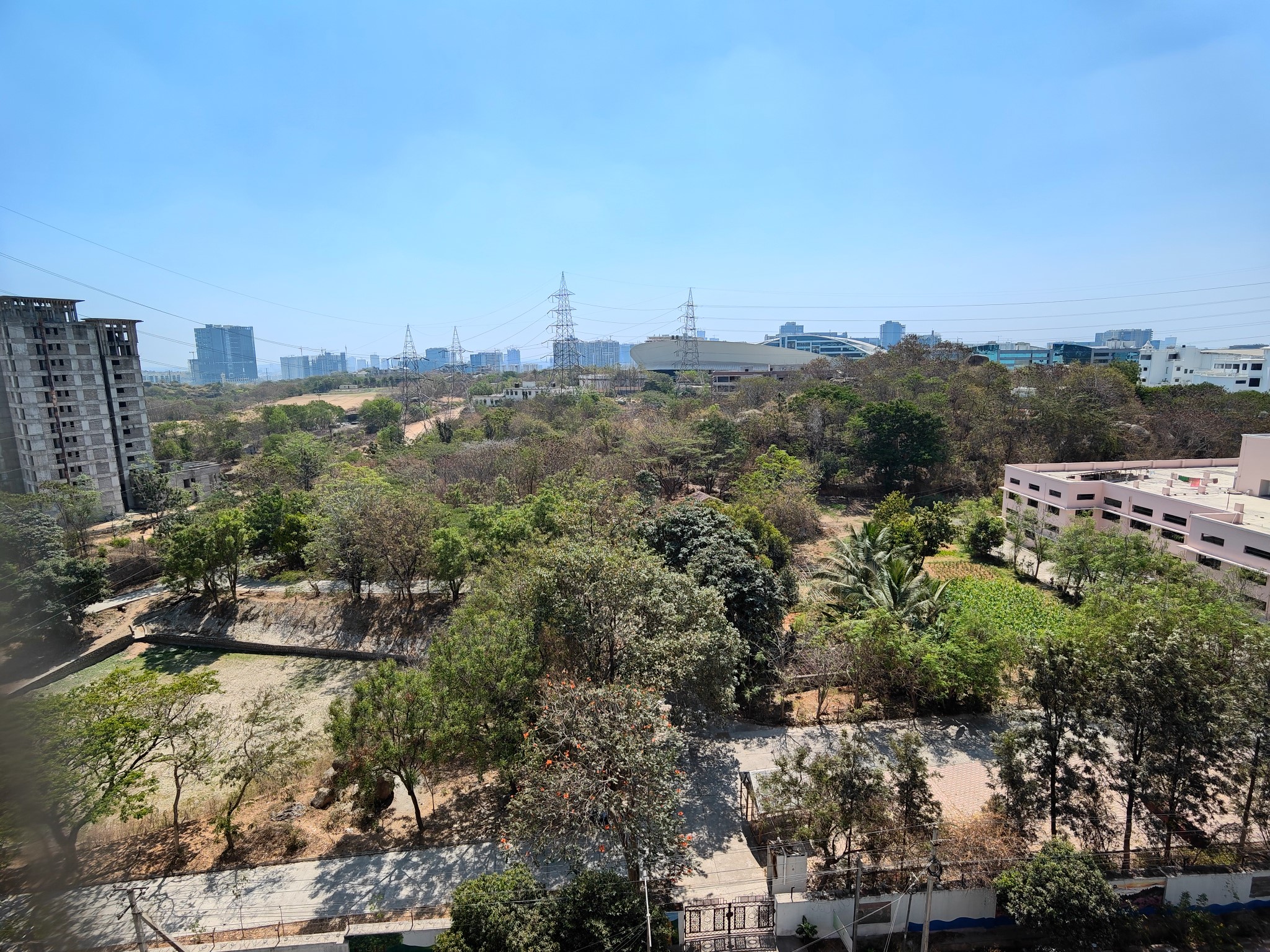


The camera takes great photos in daylight, offering a good dynamic range and good color balance. Foliage is rendered correctly, you don't get overly saturated colors, and there's no visible noise. The phone does a good job with autofocus as well, and it is decent at taking photos of moving objects — albeit not on the same level as the Pixel 8 series.
The wide-angle and zoom lenses also hold their own in well-lit conditions, and while the image quality at 3.3x isn't on par with what you get on the likes of the Galaxy S24 Ultra or even the OnePlus 12, it is serviceable. Portrait shots come out with plenty of detail and vibrancy, and this is an area where the Z60 Ultra excels.
The phone takes good shots in low-light scenarios as well, but it takes a second to save the photos to the gallery. Again, the resultant quality isn't on par with other flagships, but it isn't a bad camera by any measure. That just about sums up the camera of the Z60 Ultra — it isn't quite on par with the best Android phones, but you get usable shots in any scenario from all the cameras, and that's good enough.
Nubia Z60 Ultra: Software
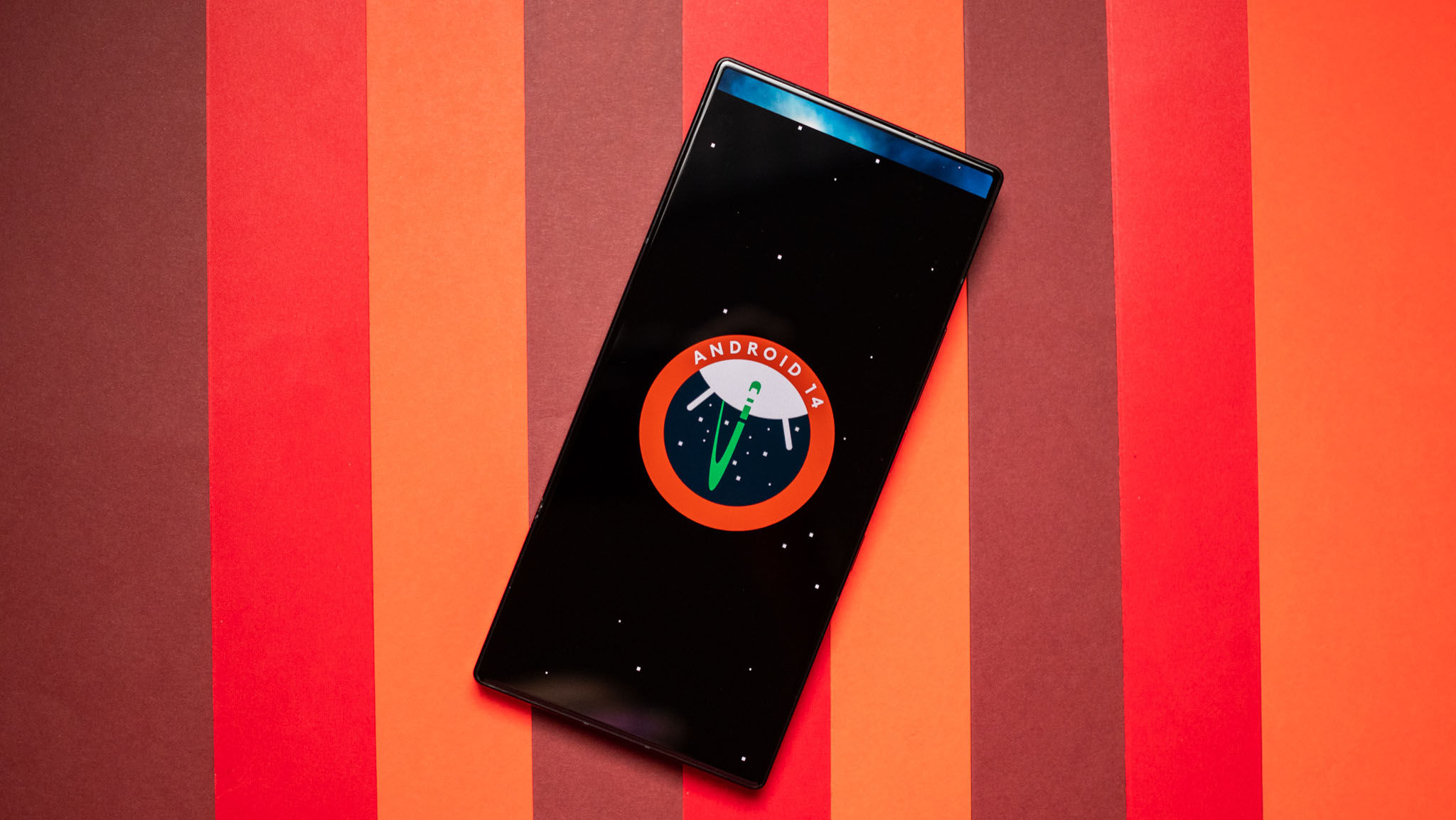
To say that I was surprised by the software on the Z60 Ultra would be an understatement. The phone runs Nubia's MyOS 14 based on Android 14 out of the box, and in contrast to all other Chinese manufacturers, you get a clean software without overt customization and little to no bloatware.
The software has a lot of parallels to OxygenOS 9.5; it has plenty of customizability should you need it, but you don't need to tinker with the settings to get the device set up to your tastes. You can just us it as is out of the box and still be satisfied with what the interface has to offer, and that just isn't possible with any other Chinese skin today.

Yes, there are issues with optimization, but those are likely to be ironed out, and there is a lot to like with the software as a whole. Nubia embraced the Material You aesthetic wholeheartedly, and the result is extensive UI customizability that's above and beyond what most devices offer.
The only issue with the software is the aggressive memory management; it is more restrictive than other brands, and I wouldn't even get text messages if I didn't have the SMS client running. I've had issues with getting push notifications for Gmail and Instagram, and they would only show up once I woke the screen. While Nubia offers a setting to disable battery management, doing so made no tangible difference.
This is something that can be addressed with a software update, but as it stands, the memory management makes using the Z60 Ultra annoying at times. On that note, the phone isn't likely to pick up software updates at the same time as its immediate rivals.
Nubia Z60 Ultra: The alternatives
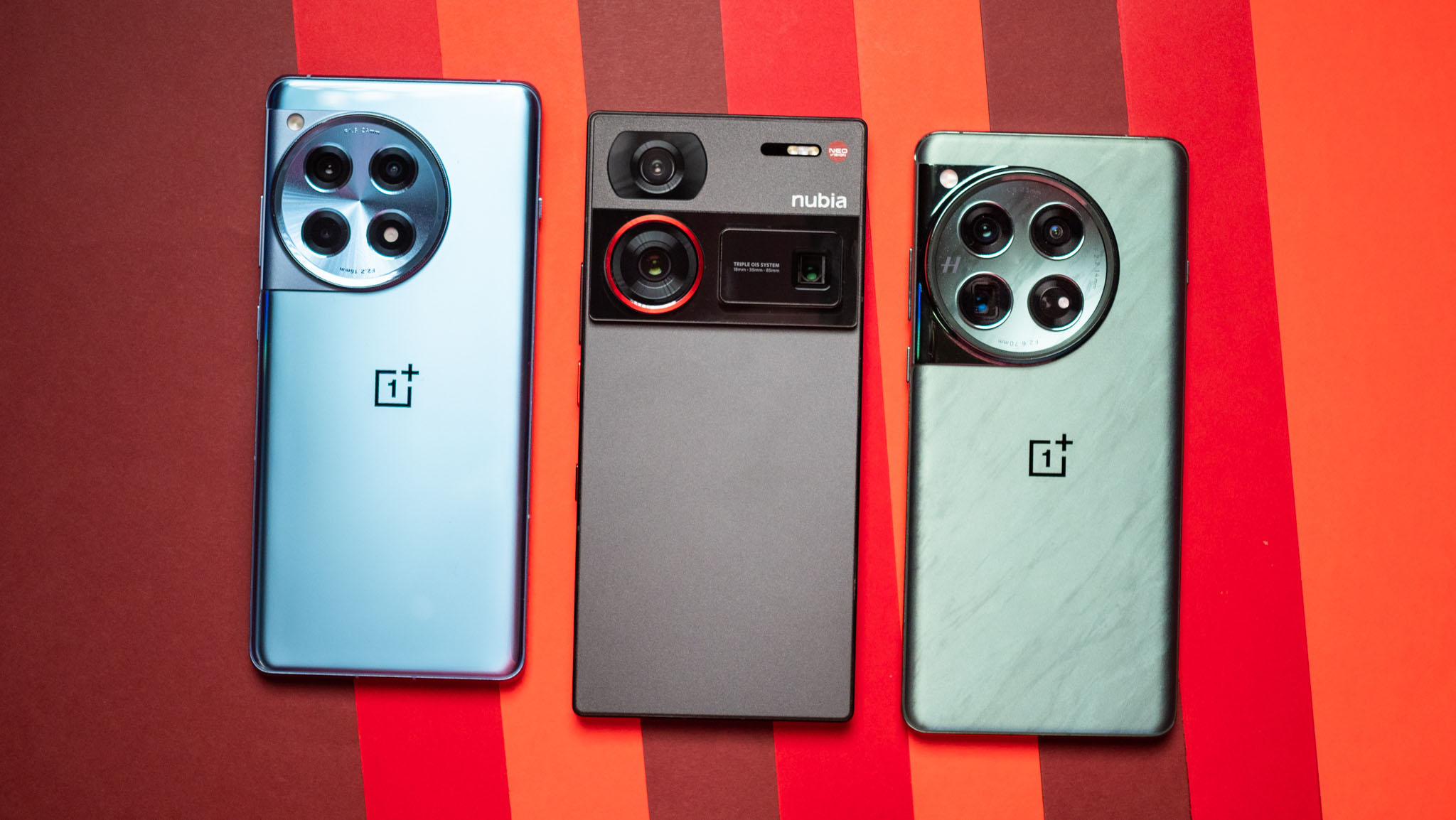
The obvious alternative to consider in this category is the OnePlus 12R. The device also has a terrific value, and while you don't get the absolute latest hardware, it holds up incredibly well in daily use as well as gaming. The cameras are also great this time around, and they're better than what you get on the Nubia. The software isn't as clean, but it has a lot of customizability, and it is fluid.
The regular OnePlus 12 is an even better choice. Coming in at $799, it is one of the best phones you can get at the moment, offering cameras that can rival the might of the Pixel 8 Pro, along with a gorgeous design that's significantly easier to hold and use than the Z60 Ultra, standout battery life, and ultra-fast charging tech.
Nubia Z60 Ultra: Should you buy it?
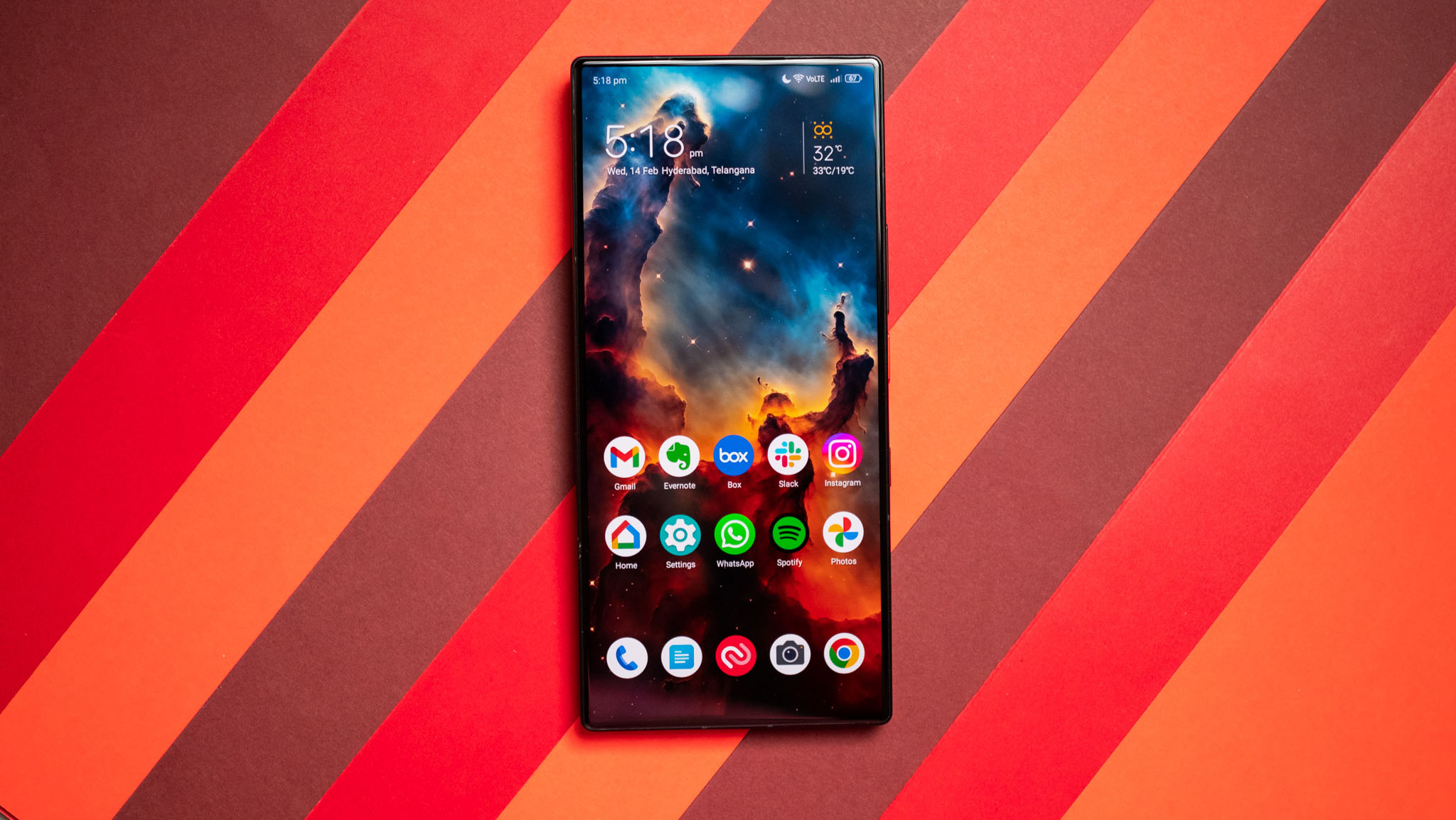
You should buy this if:
- You want a gaming phone on a budget
- You need the latest hardware and a vibrant 120Hz panel
- You want great battery life
- You need a clean software without much bloatware
You shouldn't buy this if:
- You want a phone that isn't heavy
- You need long-term updates
The Z60 Ultra misses out on design refinement, but the upside is that this is the most affordable way to get your hands on Qualcomm's latest silicon. What the phone lacks in polish it more than makes up for by way of powerful hardware and a massive battery. That said, it is heavy and unwieldy to use, to the point where it makes the S24 Ultra look small.
The hardware absolutely holds up in daily use, and the phone is a great choice if you're looking to play games. The cameras are great as well, and the battery lasts two days between charges. I like the software quite a bit as well, and it's not often you come across a clean UI in this segment.
Of course, a big differentiator is the invisible front camera, and this makes the Z60 Ultra stand out considerably. There is a lot to like here, and while the software is clean and devoid of bloatware, Nubia needs to reign in the battery management; as it stands, it's irksome to use the device because of these limitations.
Software updates are also an unknown, and the Z60 Ultra isn't likely to pick up major updates anywhere as early as its rivals. If you don't really care about all of that and just want a device that has the best hardware in this segment, then yes, you'll love what the Z60 Ultra has to offer. It embodies the ethos — if not the design — of the OnePlus 7 Pro, and it is a great choice if you're looking to upgrade.







